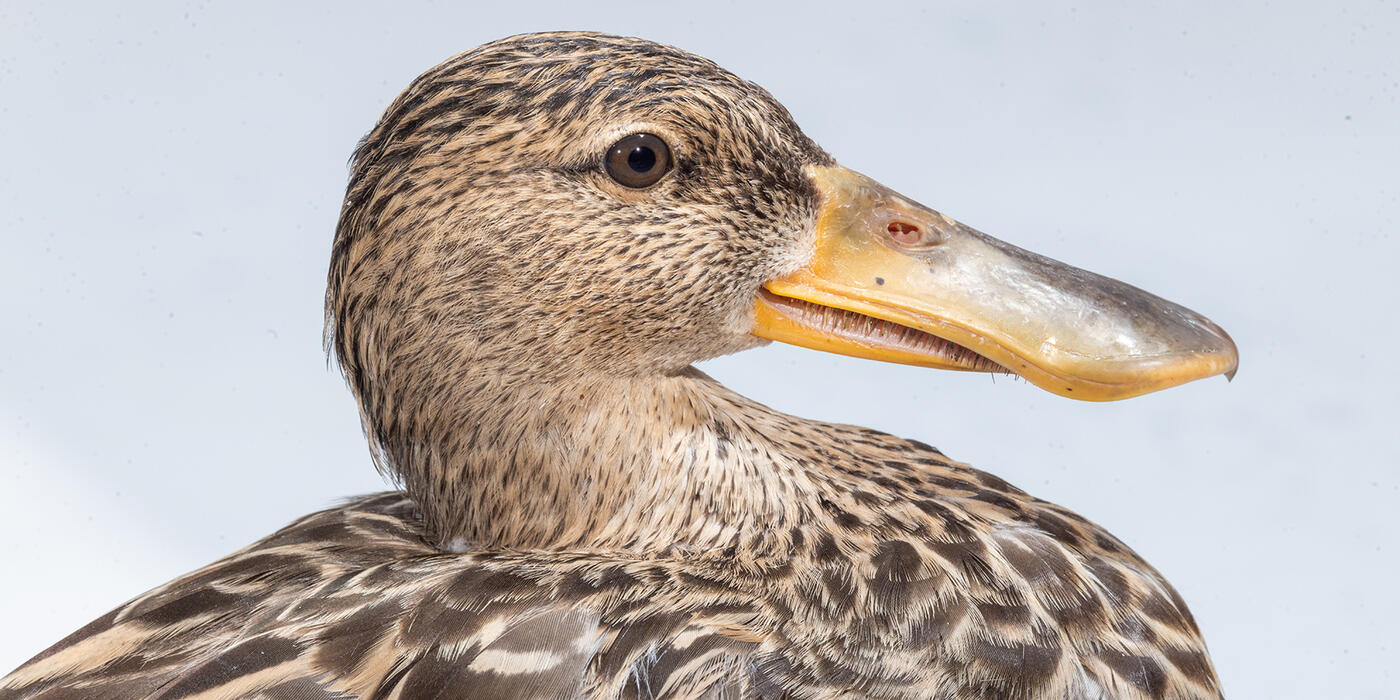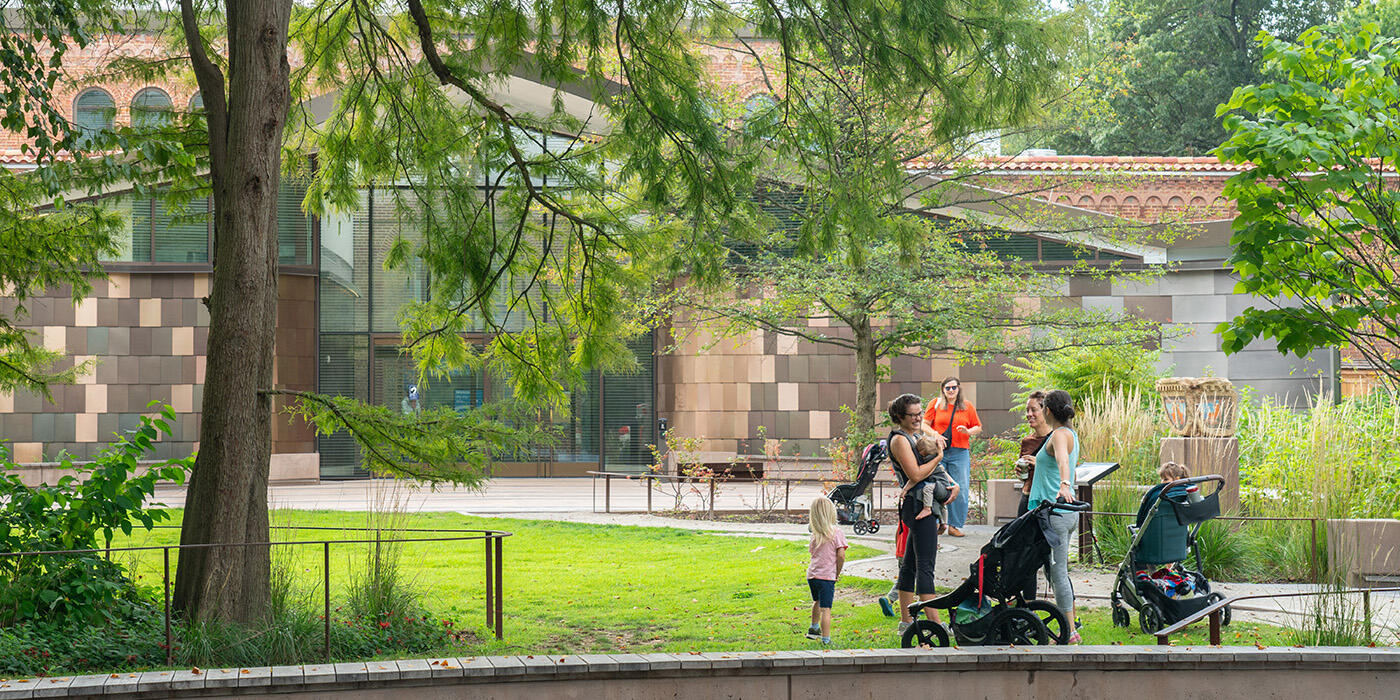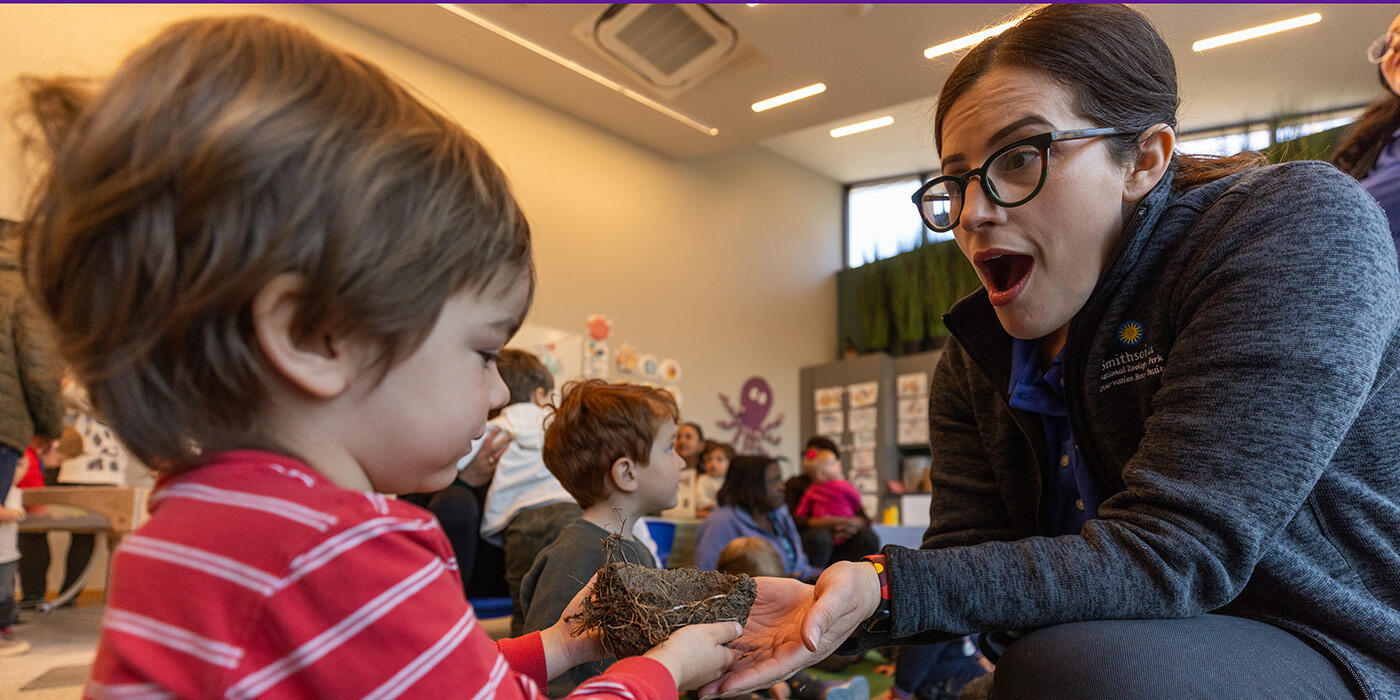How to Build a Pollinator-Friendly Garden
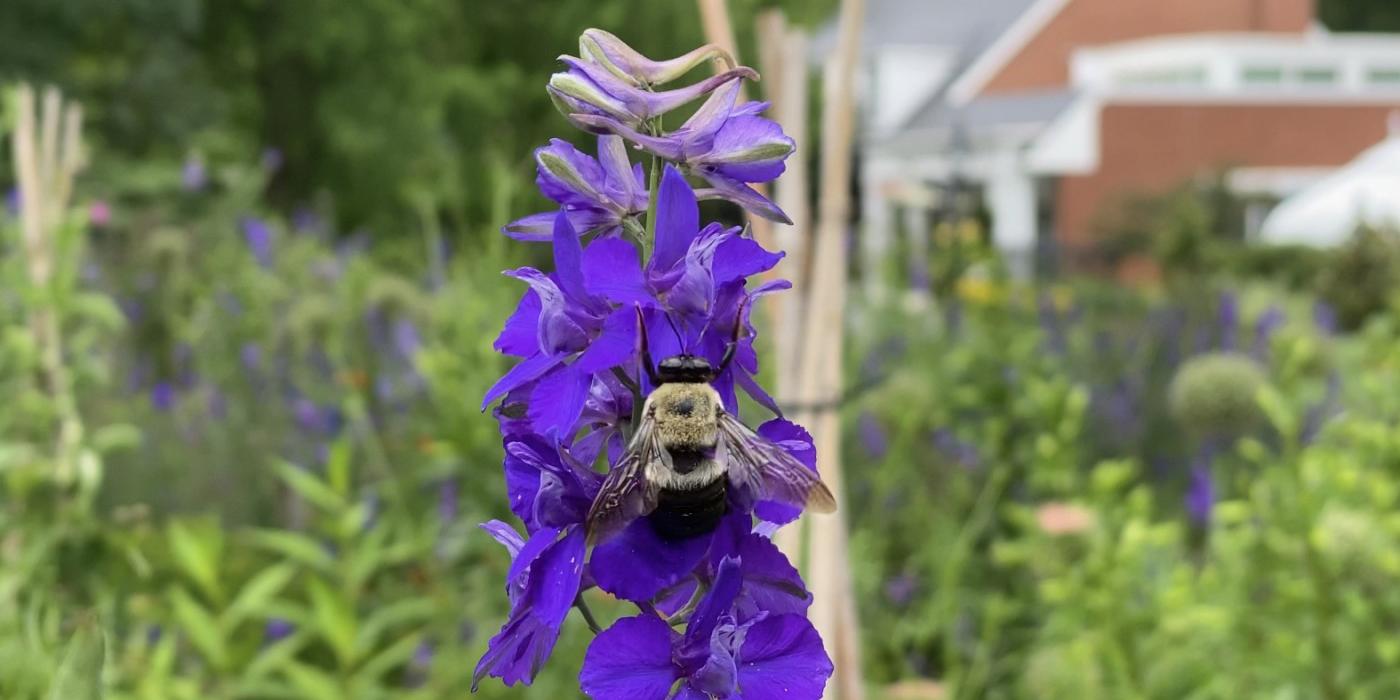
Pollinators are a crucial part of the food web, for people and animals alike. The global decline in pollinators has profound implications for our future. The good news is people everywhere can take small actions to help pollinators around them, whether they have a simple window box garden or a large farm.
One significant way to help pollinators is to create a pollinator-friendly garden to provide food and shelter for insects and birds alike. But before picking up a shovel, it’s important to do a different kind of digging.
“Research what birds, insects or butterflies you are hoping to attract and make sure you have the correct growing conditions to support your plant life,” said Teresa Vetick, curator of horticulture at the Smithsonian’s National Zoo and Conservation Biology Institute. “When you are selecting plants for the garden, make sure they are healthy, have a good root system and are pest free.”
As curator of horticulture, Vetick oversees a team of passionate horticulturists who care deeply about the landscape in and out of the Zoo’s exhibits. Her team works diligently with watering, weeding, pruning, mowing and monitoring the health of the grasses, shrubs, annuals, perennials and trees on the 83 developed acres and additional 4,000 square foot greenhouse.
“At the Zoo, we use a wide variety of plants that bloom from the early spring to the late fall,” Vetick said. “We consider shapes and sizes of flowers and plant them in groupings. We try to make sure we have some native plants and we do not use pesticides.”
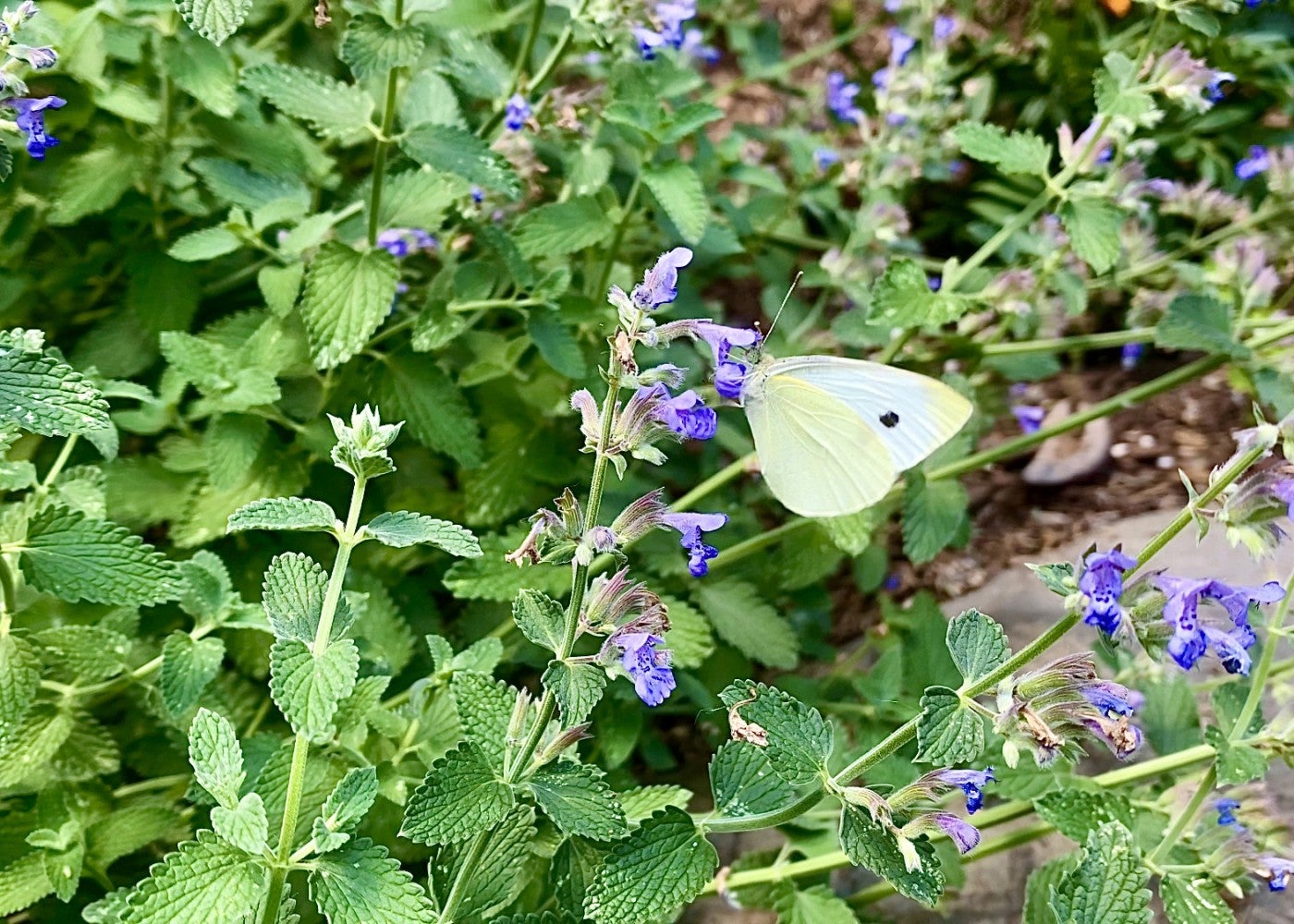
Choosing native plants not only makes them more likely to thrive in your region, but also makes them ideal for native pollinators that adapted to them. Luckily, it’s easy to find out which plants are native to a particular region using guides provided by the organization Pollinator Partnership. Vetick advises gardeners to choose a place in their yard (or create it themselves) that will provide shelter and offer nesting opportunities for pollinators. Next, provide a water source and install the plants, whether in pots, raised beds or even in the ground.
For those who live in the D.C., Maryland and Virginia region and are seeking inspiration, consider visiting the pollinator-friendly gardens outside the newly renovated Bird House. Vetick’s team put a great deal of effort into the development of the outdoor space surrounding the exhibit.
“My favorite part of being a horticulturist is to be a zoo horticulturist. Your approach is different than a horticulturist maintaining a college campus or residential area,” Vetick explained. “We wanted to attract butterflies, bees and of course, birds, to the garden, and we wanted guests to enjoy it throughout the year. We chose a mix of trees, like black gums, deodar cedars, flowering dogwoods and serviceberries; perennials such as goatsbeard, false sunflowers, and highbush blueberries. Visitors may notice purple coneflowers, beebalm and black-eyed Susans blooming in the early summer.”
While Vetick discourages pesticide use, she and her team do use exclusionary methods where appropriate, such as deer fencing to keep unwanted visitors from browsing in the gardens meant to help pollinators in need.
“So much of the world’s food depends on natural pollination which is threatened by many things such as pesticides, invasive plants, climate change and pollution,” Vetick said. “It’s critical that we help them when we can.”
